Knowing what to do when you encounter a large animal on or near the roadway can be a life-saver. Keeping calm and driving smart improve your chances of avoiding a collision and staying safe on the road.
Deer mating season can be a dangerous time for drivers, deer and car hoods. According to the Insurance Information Institute, 1.6 million deer-vehicle collisions occur each year, resulting in 200 fatalities, tens of thousands of injuries and over $3.6 billion in vehicle damage. Being prepared can help prevent you from adding to these statistics.
6 Ways To Avoid Hitting A Deer
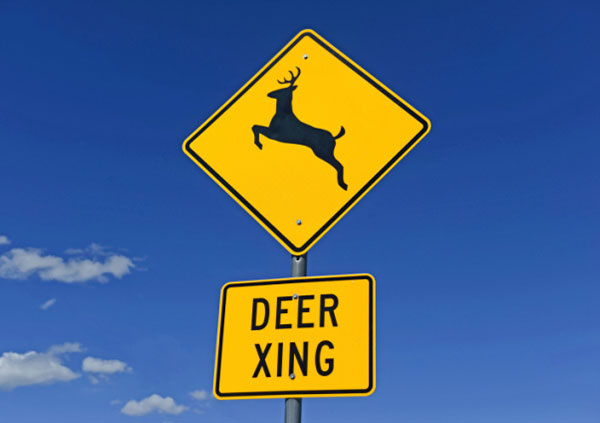 1. Watch for the rest of the gang.
1. Watch for the rest of the gang.
Deer are pack animals, and rarely travel alone. If a deer crosses in front of you, chances are there are more nearby. Slow down and keep an eye out for more deer darting across the road.
2. Timing is everything.
Deer are most active at dusk and dawn: periods when your vision is most compromised. To add to their terrible timing, deer are on the move during mating season (between October and January) when you’re more likely to travel after the sun sets. Slow down and stay alert, especially after dark.
3. Use your headlights.
First, look for the road signs. The yellow diamonds with the deer on it are placed in high-traffic areas for deer. You may also spot a deer because their eyes will brightly reflect a car’s headlights, making them easier to spot.
4. Stay center.
On a multi-lane road, the center lane is your safest bet for avoiding a deer collision, as long as your local traffic laws permit it. This gives deer plenty of space; and in case your vehicle does startle them, it gives you more time to react if one darts onto the road.
5. Brake, don’t swerve.
If you see a deer, brake firmly and calmly, and stay in your lane. Swerving could make you lose control of your vehicle and turn a bad situation much worse. Not to mention, deer are unpredictable, and you could swerve directly into their changed path.
6. Honk!
Some experts recommend that one long blast of the horn will scare deer out of the road. Do not rely on hood whistles or other devices designed to scare off deer—studies have shown them to be largely ineffective at minimizing accidents.
What To Do If You Hit A Deer
If the above plan fails (and it happens to the best drivers), you should take the following steps in the deer collision aftermath.
- Pull to the side of the road as soon as it is safe to do so.
- Turn on your hazard lights and remain in the vehicle until you are sure it is safe.
- Call emergency services if injuries are involved or the local police for property damage.
- Stay away from the deer. If it is still alive, it could be confused, injured and dangerous if approached. When contacting the authorities, let them know if the deer is in a dangerous spot on the road so that it can be removed.
- Contact GEICO as quickly as possible to report any damage to your vehicle.
Make sure you have comprehensive coverage included in your auto insurance in the event of an animal accident. Get a free online car insurance quote and see how much you could save with GEICO!
Need to report an accident? Click here.
By Nathan Erb

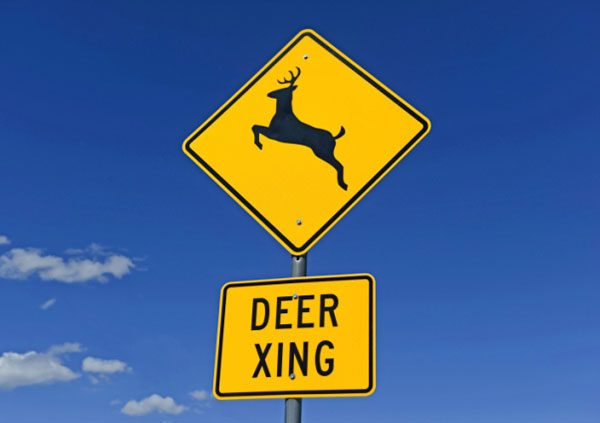


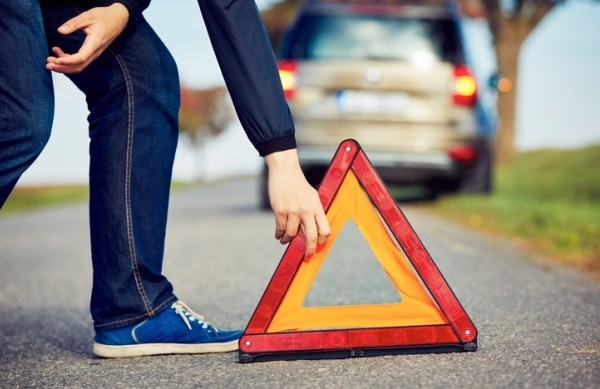
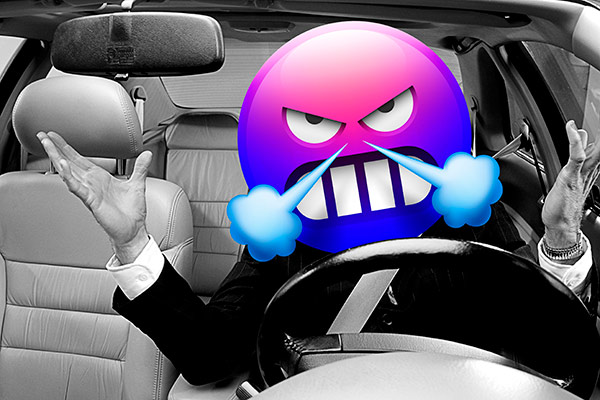
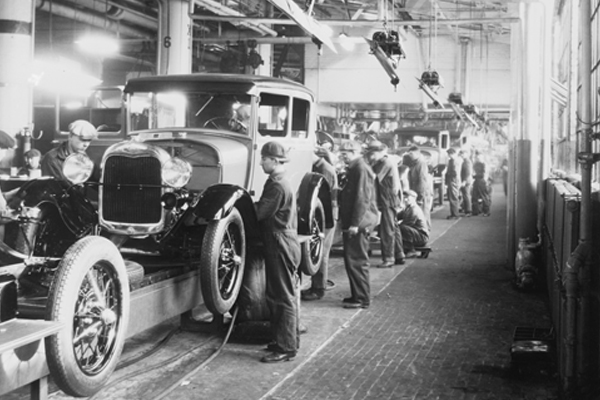
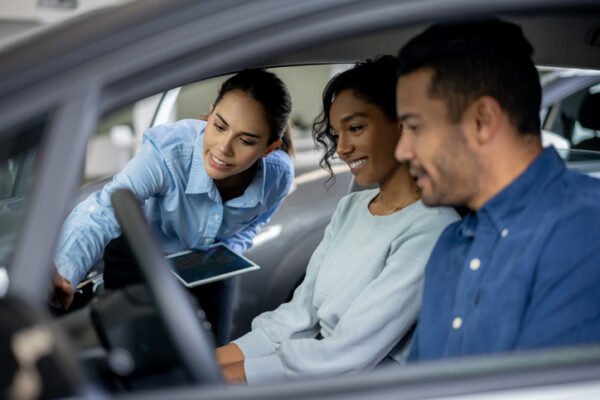
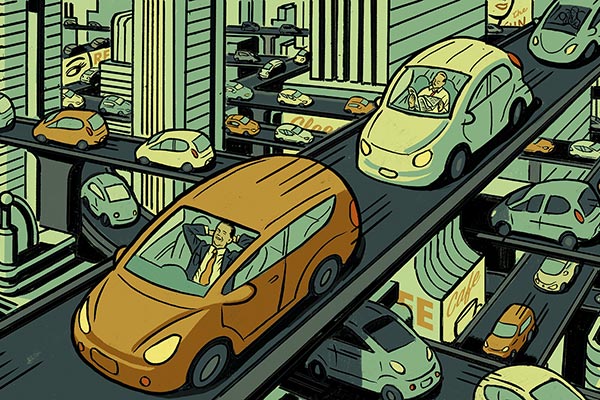

Rogelia MEDIDAS says,
Excellent information to all Drivers,this should he published on a Sunday local newspaper. Thanks for the information
Cesar says,
Good
Brenda Gadsden says,
Thanks 🙏🏽
Pete says,
Deer whistles do work. Deer have poor vision but great hearing. I’ve seen them step back on curb with ears in alert position when my car got close and I was traveling at low speed. My brother, the hunter alerted me to signs of deer during mating season. I have never hit a deer but I have pulled over and stopped more than once to avoid a collision and the car behind me raced forward and hit the deer at high speed. I always phone the police and keep going.
Anonymous says,
The best tips are the middle lane and the timing. After 2 deer a month apart I also installed deer whistles. It can’t hurt.
GoliathImmortal says,
or do like this woman …
Start a collision waged against deer crossings ! 🤔
Allen Gifford says,
I hit 2 deer in less than 30 days!